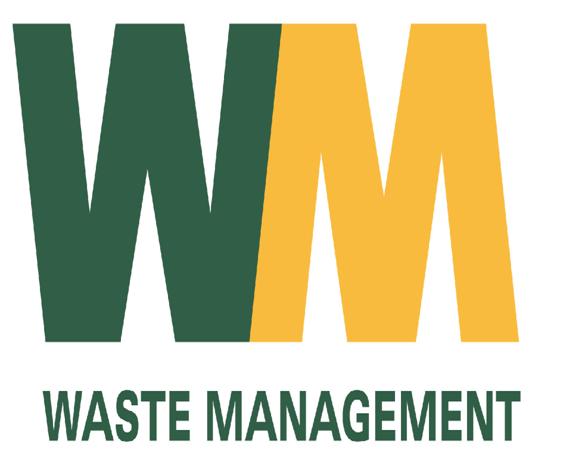How to Write a Waste Management Dissertation

The waste products or materials from industries may be thought of something useless. However, these waste products can prove to be quite handy if processed or recycled in order to manufacture some useful items. The study of the processes that involves managing, examining, gathering, transporting and processing the waste material is known as Waste Management. If you are about to write a Waste Management Dissertation, then you have to ensure that you understand the importance of this field in today’s world. Besides, your dissertation should clarify that why and how waste material can be transformed into something useful products. It is worth-mentioning here that the process of Waste Management itself guides you on writing Waste Management Dissertation but you just have to keep few things in mind.
Instructions
-
1
Choosing a Topic
The very first step in writing a Waste Management dissertation is selecting a right and unique topic. Make sure to select a topic of your substantial interest. -
2
Title Page
Title page of your Waste Management Dissertation is the cover of your overall product. Therefore, try to design a professional title page. Write the title of your dissertation all in cap locks and in the center of the page. The name of the writer should be written right below the title after at least four-enter spaces. After that, mention the name of the subject and your academic year along with the name of your teacher or supervisor. The date of submission is to be mentioned at the bottom of dissertation. You can place the logo your institution on the top right corner of the title page. -
3
Acknowledgment
Right after the title page of your Waste Management dissertation; insert the acknowledgement page, which should be no more than a single page. Here you are supposed to highlight names of all those contributors who assisted you directly or indirectly in completing your thesis. -
4
Abstract
The abstract of your Waste Management dissertation should just be a brief summary of the entire project. Therefore, it should not go beyond 100 to 150--word count. However, it should contain the aims and objectives along with methods of research. -
5
Table of Content
The table of content of the Waste Management dissertation is the list of chapters, topics and sub-topics of the thesis. -
6
Introduction
The introduction of the Waste Management dissertation is infact that part which absorbs attention of the reader right from the start. Hence, you need to ensure that the introduction is attractive and compelling for a reader. It should contain background of waste management, which should later become relevant to the aims and objectives of your study. To make it more interesting one good thing to do is have some open ended questions related to Waste Management. -
7
Literature Review
The literature review of your dissertation outlines any working that has been previously done on the same topic. This may include any articles, journals, or books that might have been published. As compare to other parts of the dissertation, this may prove to be quite boring so the writer has to ensure that reader does not lose interest. For this reason, it is good to mention your personal interest in Waste Management without discussing any complex terms that may require any explanation. For example, you can quote an example of someone who converted the waste material from an industry in producing something useful. -
8
Methodology
The Methodology of your Waste Management Dissertation is based on three simple questions that you ask can yourself before starting the research and are as follows:
- What information I need?
- What is the best method for collecting that information?
- How the collected information can prove to be useful for achieving desired aims?
Continue with your research after answering these questions and may go on to consider conventional methodologies such as Action, Classification, Experience, Experimental and Statistical dissertation. The best sources for such information can be internet, interviews, surveys, published literature and questionnaires etc. -
9
Results
After you are done with research, the results of raw data collected via various methodologies are required to be presented. Hence the data can be interpreted in shape of pie charts, tables, histograms and graphs. -
10
Recommendations
In this part of the Waste Management Dissertation, you can mention or recommend any possible researches or improvement steps that can be taken in the same field. -
11
Conclusion
Conclude your Waste Management Dissertation in a meaningful manner by applying your intellectual skills and critical ability. Make sure that your conclusion contains summary of provided information as well as the personal opinion that is backed up by reliable research. -
12
Bibliography
In this part of the dissertation the sources used in research are listed down in a proper alphabetical order. The style of formatting can be MLA, APA or Harvard style. However, it depends on the requirements from supervisor or the members of committee.







